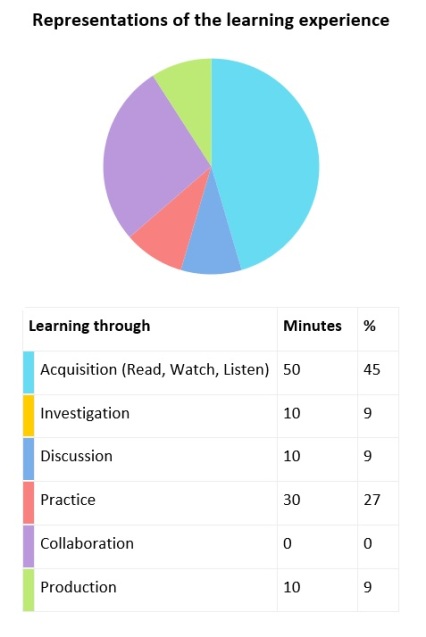An Elementary School Classroom in a Slum
Stephen Spender
Learning Outcomes
By the end of this lesson, you would be able
- to paraphrase the poem ‘ An Elementary School Classroom in a Slum’ by Stephen Spender in a cloze exercise, MCQ and Fill in exercise. (Remember)
- to explain the background and setting of the poem (Understand)
- to identify the figure of speech used in the poem with the help of quiz (Remember)
- to justify the title of the poem by writing a note on it. (Evaluate)
- to to be empathetic towards the plight of the slum children. (Affective)
- to analyse the important phrases in the poem by attempting a reference to context exercise. (Analyse)

About the Poet:
Stephen Spender (1909-1995) was an English poet and essayist who took keen interest in politics. He was a liberal humanist, was, like most socially conscious intellectuals of the nineteen thirties, much afflicted by the prevailing social iniquities of the time. He felt profoundly the social claims, specially the claims of the suffering people, upon him and his art.
Due to industrialisation, technological and scientific change, and innovation during 20th ceentury, the society eperienced many changes. As usual, some were good and some were bad. Stephen Spender brought out the grave social injustice and anomalies that existed in the societies of that time to help us to be aware of such injustices meted out to a certain section of the society.
He took keen interest in the Socialist school of thought which explains his stance regarding the paradox of teaching elementary school children in a slum. His belief as strongly recorded in the Poem, ‘An Elementary School Classroom in a Slum’ is that it is mere wish fulfilment to think that you can teach children on an empty stomach!
But, Spender quickly became disenchanted with Communism* during the Second World War. He wrote about this disillusionment in an essay written by him in a book titled, ‘The God That failed’.
*Communism is an economic ideology that advocates for a classless society in which all property and wealth is communally-owned, instead of by individuals. “All property would be shared and “all may benefit from everybody’s work.”
Values raised in the poem: Sensitivity to the underprivileged, equity, equality, awareness, philanthropy, optimism, determination, change etc.
Background of the poem:
- Written in 1964, the best example of Spender’s political voice resonating in a poem.
- Expresses his ideological positions on government, economics, and education.
- The students in this classroom are underprivileged and malnourished.
- The capitalistic government is supposed to supply equal opportunity for education, but the classroom in the slum offers little hope for change or progress.
- A commentary about race issues in American education and a Socialist proclamation against capitalism and social injustice in general.
- Although Spender was British, the poem names no nation or race and was a response to the global question concerning social injustice which was an essential issue in the American Civil Rights movement of the time.
- The poet’s tone changes from pensive to belligerent and frustrated to an appeal.

thank u mam
thanks a lot mam
i have doubt in these ques please help me out
page 71 kvs study material 2012-13
ques for practice part B 4,5,6
complete part C
short ans ques 1,2,6,7,8,9
Page 71 KVS Studey Material
B 4. Map with ships, sun & love
5. They continue to live in crampedtheir holes and utter darkness
6. There is no hope
For short answers see the ppt with explanation
thnk u mam
Love it !!♡♡
Good